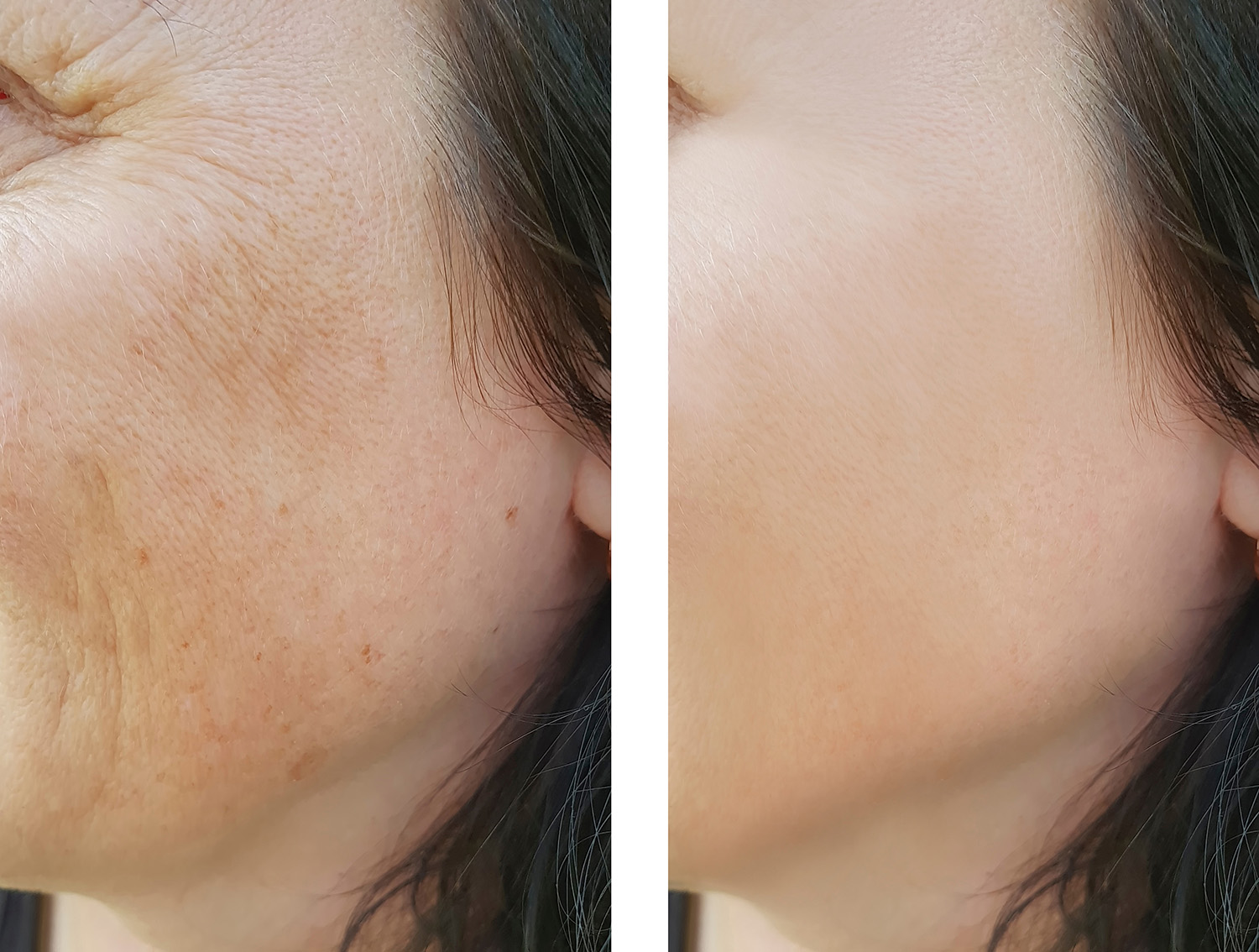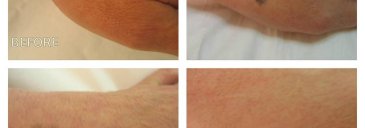Skin Pigmentation Treatment

Why come to Gresford Skin & Laser Clinic for skin pigmentation treatment?
We understand the sensitivity of developing unwanted skin pigmentation. Our trained staff ensure that you are treated in a safe and suitable environment and we select our treatments and products carefully, only offering those that can deliver what they promise.
We listen to our clients, to understand their objectives and desires…
We comply with legal and professional standards. We comply with legal and voluntary regulations, we select products that have been appropriately licensed; we use appropriately qualified and skilled practitioners for each type of treatment.
Skin Pigmentation Overview
A wide variety of conditions fall within the category of pigmented lesions, from cafe au-lait marks that are often visible at birth to liver or sun spots that appear with age as a result of exposure to the sun.
Pigmented lesions are effectively the result of excess melanin in the skin and for those that bear the light to mid-brown marks, whatever size they may be, effective laser removal has a dramatic effect on their self-confidence.
Cells beneath the skin produce melanin naturally and in response to factors such as prolonged exposure to sun resulting in “tanned” skin. A pigmented lesion is caused when the cells produce too much melanin in a localised region.
Like laser tattoo removal, the removal of a pigmented lesion is based on the theory of selective photothermolysis. The light emitted targets the particles of excess melanin heating them rapidly until they fragment into smaller particles that can then be removed by the body’s natural processes.
Our basic treatment procedure:
The treatment is not painless but the skin can be anaesthetised or cooled to minimise potential discomfort. Inflammation and blanching of the area are the most common treatment end-points.
The skin should be cooled immediately after treatment and a moisturising cream applied regularly as part of the prescribed aftercare.
PIGMENTED LESION REMOVAL FACTS
Questions and Answers about Pigmentation Treatments
How does the system work?
The system consists of intense light that is emitted in a series of short pulses. The wavelength of the light is specially selected so that when it is directed into the skin, it is predominantly absorbed by melanin contained within freckles or lentigines (sometimes called sun spots or liver spots). These pigmented lesions will absorb the light, which causes them to heat up. The heat created damages the lesion while causing minimal damage to the surrounding skin. Following treatment, the damaged lesions turn darker and may crust. Over the following weeks they will gradually flake away from the skin leaving little trace of the original mark.
How is the treatment carried out?
It is necessary to apply a thin layer of gel to the skin prior to treatment. This helps to cool the skin, as well as ensuring optimal transmission of light from the applicator to the skin.
A test patch is always be taken; the rectangular quartz applicator is placed in contact with the skin surface over the offending lesion. The light is pulsed through the quartz and onto the skin. If the results of the test patch are satisfactory, the applicator is then moved to the neighbouring area and the process is repeated. During treatment the patient will wear protective eye goggles.
Which patients can be treated?
Almost everyone can be treated, apart from very dark skinned or tanned individuals. However, not all pigmented lesions can be treated. Large, dark moles should not be treated, nor should lesions covering a large part of the body. The pigmented marks that respond the best are superficial lesions such as those caused by sun damage (sun spots) and freckles.
Does it hurt?
As the light energy is absorbed by the skin, it heats it up, and creates a sharp pinprick, burning sensation. Most patients describe the discomfort as moderate and acceptable. No anaesthesia is required.
What should I expect after the treatment?
Redness and a slight burning sensation are normal after treatment. A cooling device will be applied to the skin to ease these symptoms. The lesions will darken after treatment and may appear more obvious at first, but gradually the marks will ‘flake’ away. It should be noted that continued sun exposure may result in recurrence of the original mark and sunscreen should be used to prevent this happening.
What are the side effects?
The visible light is completely safe so no special precautions are needed apart from goggles for the brightness during the treatment. The skin of some patients becomes quite red immediately after treatment. However, most patients experience no side effects and the redness usually disappears within hours to a few days. Very rarely hyperpigmentation, hypopigmentation or blistering may occur.
How do I prepare for treatment?
Patients should avoid tanning and must not use any fake tan 4 weeks ahead of and during the entire treatment period to avoid excessive discomfort from light absorption in the epidermis. Immediately after the treatment, the skin is particularly sensitive to UV light, and strong sunlight should be avoided for 2-3 weeks.
How long does treatment take?
The length of each treatment will depend on the type and size of lesion present, but a typical session will take in the region of 15 to 30 minutes.
How many treatments are necessary?
The length and number of treatments will depend on the type and size of pigmented mark present, but typically 1-3 treatments will be needed. Treatments should take place approximately every 4 to 6 weeks.
Please download Skin Pigmentation Treatment Brochure
Prices are available on request.
Book an appointment today. Call 01978 854411 or email: tanya@gresfordskincareclinic.co.uk




